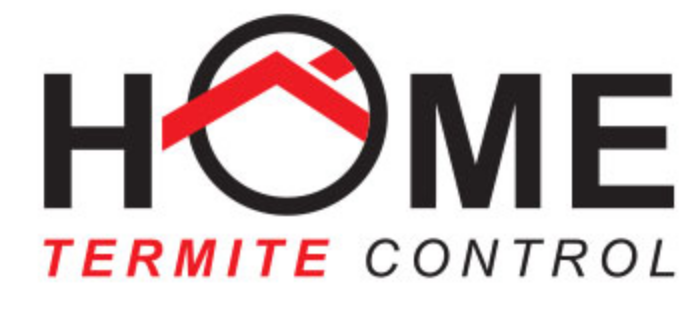According to the Australian standards, home owners should have a termite inspection by a (licensed and insured) pest controller at least once every 12 months. If you own a home or have real estate in Sydney or really anywhere in Australia, you owe it to your investment to have a termite inspection completed on a regular basis You can do a preliminary review yourself, but it often pays to have a professional perform the termite inspection. You’ll have to venture into some areas in your home that you wouldn’t normally visit. In the end, you may wish you turned this chore over to a pro. Here’s how to perform your own termite inspection.
Preparation
Since termites live on wood products and in or near the ground, the best place to start ferreting out termites is in your basement or crawlspace and around the building foundation. A good pair of coveralls is recommended. During the termite inspection you’ll be crawling and searching in an area that is shared with others: insects, mice, spiders and potentially a large rodent. If spider webs give you the creeps then you might want to wear a cap and pair of gloves. In fact, some of our inspectors like to wear a helmet with a headlamp so their hands are free. The headlamp lights the area and keeps their hands free to dig and poke around for termites. Take along a screwdriver, ice pick or pocketknife.
Signs of Termites
During your investigation, if you come across a pile of wings, then you have located where these flying pests swarmed into your home or in some horrible situation where the alates swarm out of your home! These alates will first find a mate and then they shed their wings prior to entering the ground or building tunnels. Of course, if you don’t find remnants of a swarm you aren’t done with the investigation. Swarming of the termites happen only during the hot and humid summer times. Termite alates (winged termites) will leave their nest when the temperature and humidity of the outside and inside nest is the alike.
The next indication of termites is finding a muddy channel or ‘termite tube.’ During your termite inspection shine your flashlight along the foundation, the sub-floor, joists and piers. If you find mud tubes running along the foundation, then you’ve located a main thoroughfare for termites. Check out all locations where concrete or soil joins a wooden structure. Review basement and ground level window frames and under porches too. If termites get into the interior walls they start to eat from the inside out. Look for cracks in the foundation or cement where termites can crawl.
It is important to remember not to disturb the termites, should you find any activity. A licensed pest controller need them alive to start his treatments of termites. Take a few photos and email it to us and we are happy to give you our opinion on that.
Seek out areas that are perpetually damp. Termites need to live in a damp climate so they love to congregate where the ground or walls are damp and timber is available. A good place to check is around leaking air conditioning units, water heaters, dishwashers, showers, clothes washers and basement drainage areas. In all cases, look for soft spots in the drywall or woodwork. Use your screwdriver, knife or ice pick to poke away at any soft spots. Where you find soft wood or paneling during your termite inspection, you are also going to find termite tunnels. You may even find light colored termites in the tunnels. That’s the basics or a DIY termite inspection.
